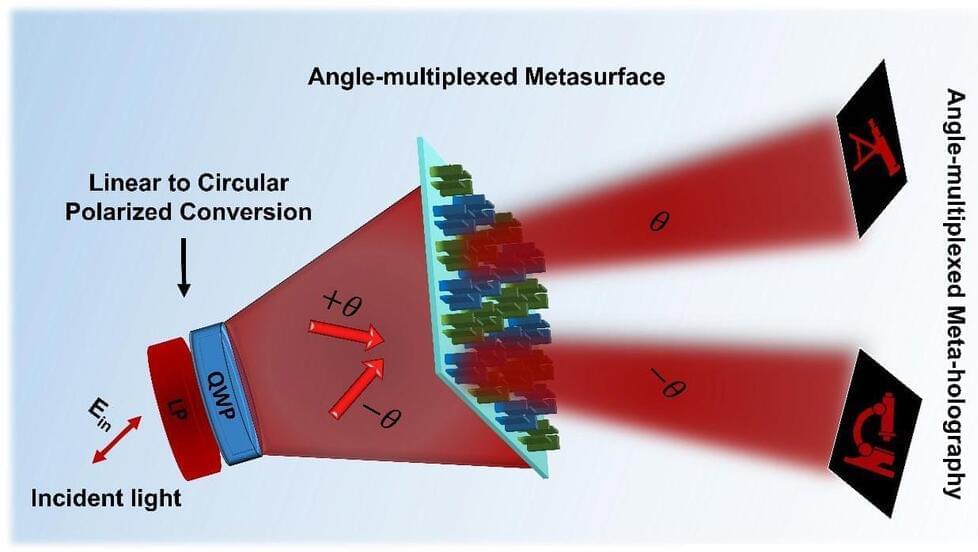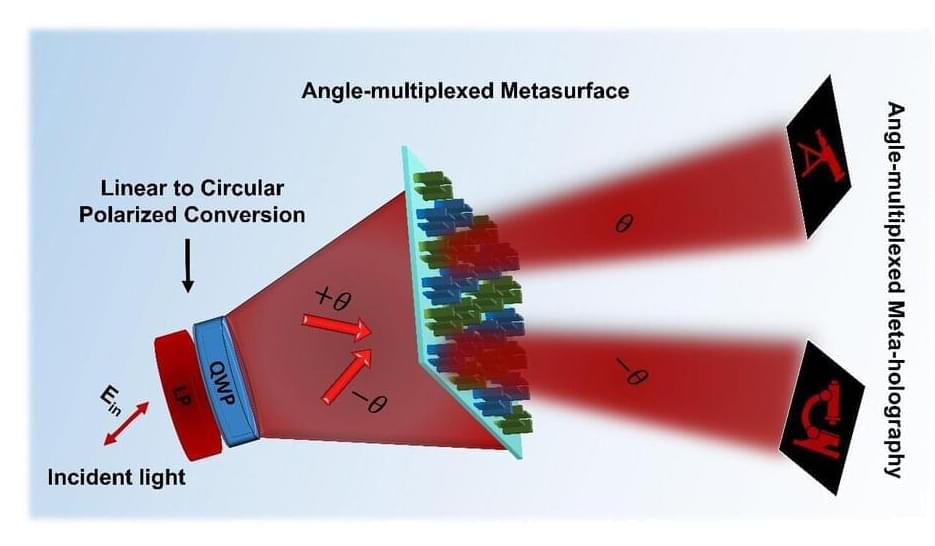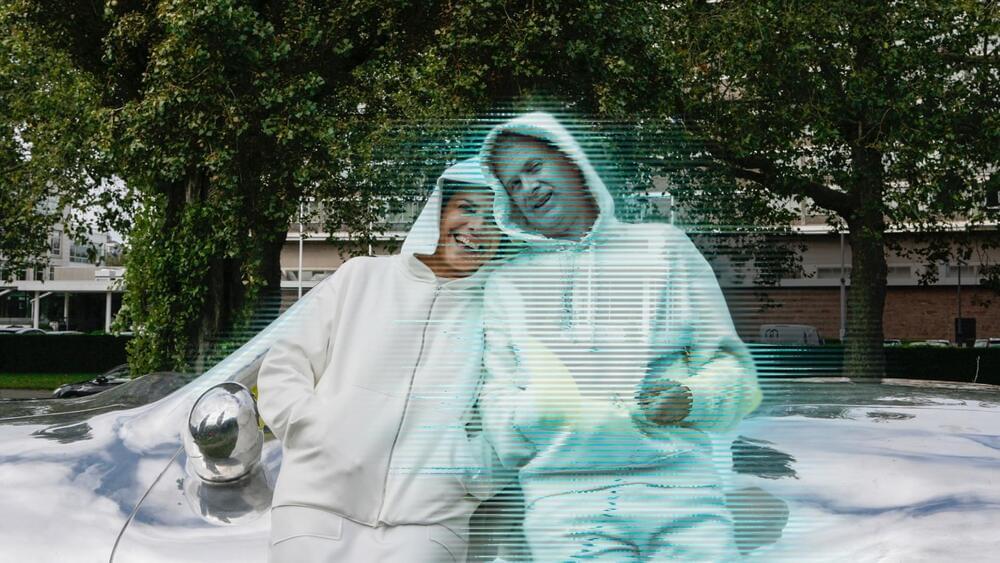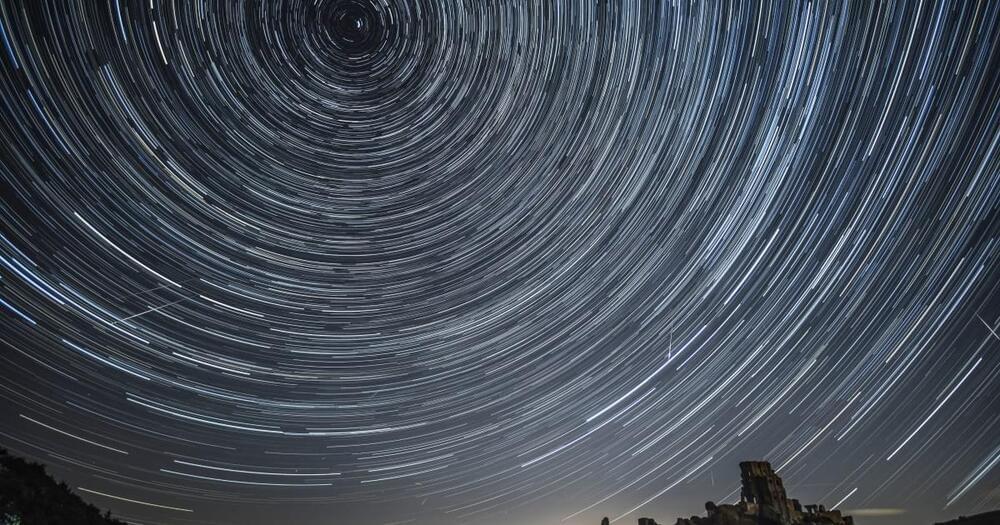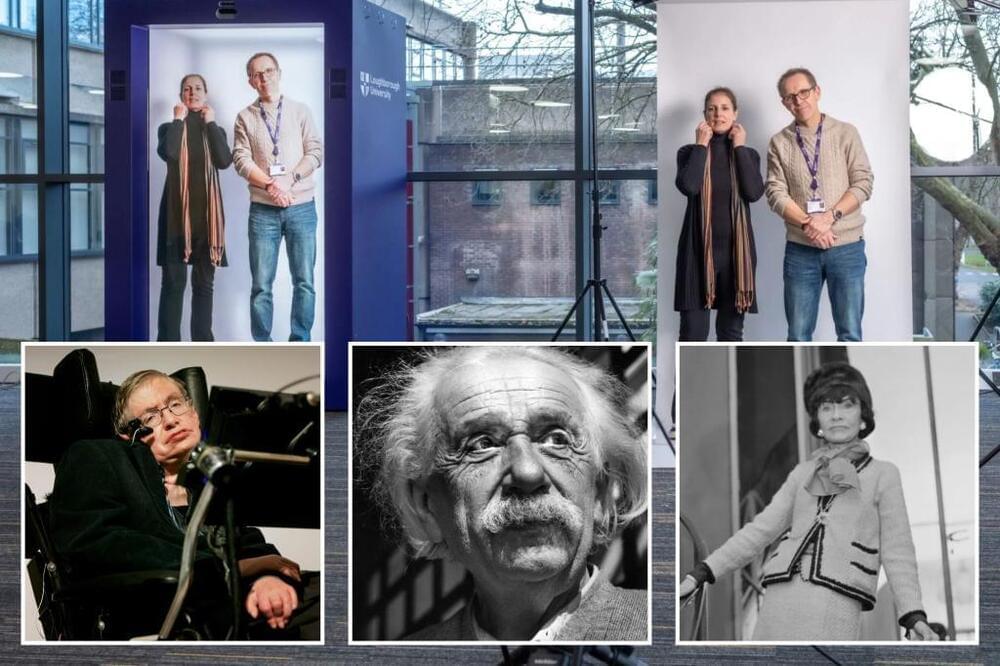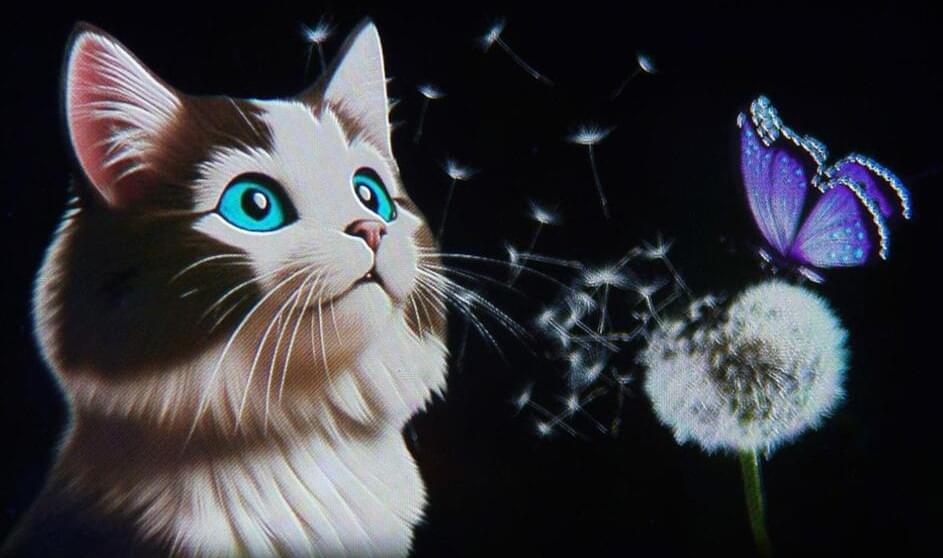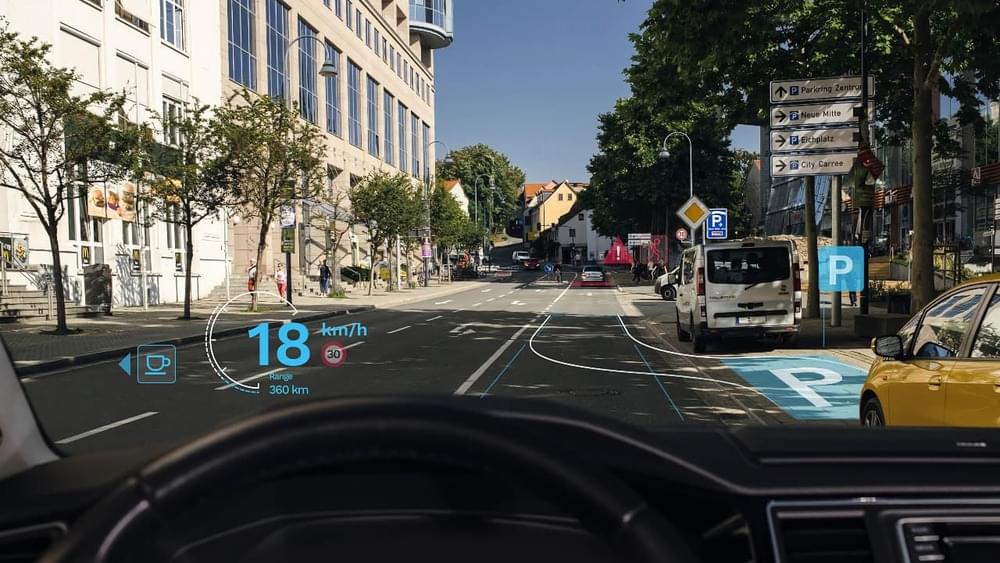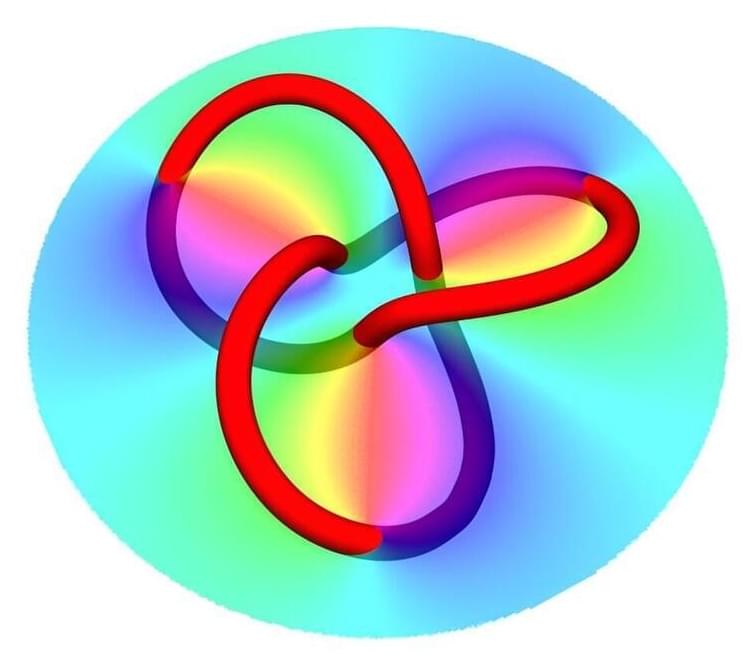POSTECH’s new metasurface display technology projects angle-dependent holograms, enhancing virtual and augmented reality experiences.
The expression “flawless from every angle” is commonly used to characterize a celebrity’s appearance. This doesn’t simply imply that they appear attractive from a specific viewpoint, but rather that their appeal remains consistent and appealing from various angles and perspectives. Recently, a research team from Pohang University of Science and Technology (POSTECH) has employed metasurface to fabricate angle-dependent holograms with multiple functions, capturing significant interest within the academic community.
Breakthrough in display technology by POSTECH.
